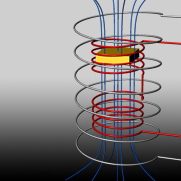Welcome to KrusinLab @CCNY-Physics
In our group we explore complex quantum matter on nanoscales in multifunctional low-dimensional materials and systems.
Through studies of condensed matter in the quantum limit we seek to learn how do remarkable and often unexpected properties of matter emerge from topological invariants and complex correlations of the atomic or electronic constituents of many-particle systems and how can we control these properties. Understanding the collective behaviors of many particles is a major intellectual challenge in modern physics. The ability to control electrons - their charge and their spin - opens opportunities for new technological paradigms.
Our present research focuses on topological insulators through measurements of their electronic and magnetic properties down to low temperatures (liquid He and below) and in high magnetic fields. Quantum behaviors are investigated in nanometer-scale hetero-structures and devices which we fabricate using techniques such as mechanical exfoliation, electron-beam and optical lithography, and by synthetic nanostructuring through a molecular beam epitaxial (MBE) growth.
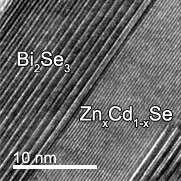
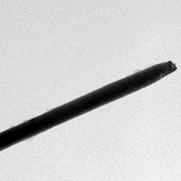
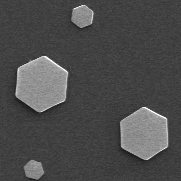
Our research areas include
♦ Synthesis of novel materials using modified Bridgman, VLS, electrochemistry, and MBE
♦ New nanofabrication and characterization techniques
♦ Magneto-transport in topological insulator structures
Quantum interference effects and quantum oscillations
Effects of disorder and low-dimensionality
♦ Spin response from topological surfaces
♦ Superconductivity and strong correlations in topological and other materials
♦ Magnetically doped topological structures: anomalous Hall effect and massive Dirac fermions
♦ Quantum behaviors of topological systems tuned using high energy particle irradiation techniques
♦ Optical characterization: Raman, contactless electro-reflectance (CER), photocurrents

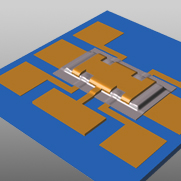
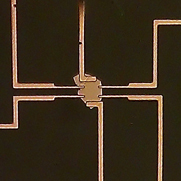
We have active collaborations with the groups of Maria Tamargo (CCNY-Chemistry); Jim Hone, Abhay Pasupathy (Columbia); Marcin Konczykowski (École Polytechnique, Palaiseau); Vadim Oganesyan (CSI); Kyungwha Park (Virginia Tech); Simone Raoux (Helhmholtz Centrum, Berlin); Jean Jordan-Sweet (BNL-IBM); Andrzei Hruban (ITME, Warsaw); and Luca Perfetti and Marino Marci (Orsay).
We are the lead CCNY member in the Joint Columbia-CCNY MRSEC Center for Precision Assembly of Superstratic and Superatomic Solids (PAS3) and have a Joint Study Agreement with the IBM T.J. Watson Research Center at Yorktown Heights, NY. Our lab is located in the new Center for Discovery & Innovation (CDI) building at 85 St. Nicholas Terrace and we are associated with the CUNY ASRC NanoFabrication Facility located on the same floor level.
Interested graduate and undergraduate students who want to know more about doing research in our group are encouraged to talk to Prof. Krusin and the members of the team.
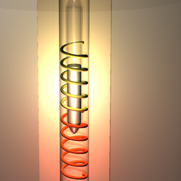
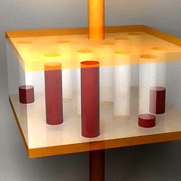
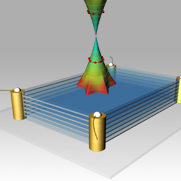
About TIs
Topological insulators are a recently discovered unique class of quantum solids with immune-to-disorder spin-helical metallic surface states having Dirac band structure and ideally having insulating bulk. The robustness and spin polarization of the unusual topological surfaces is potentially transformative in the fields of spin-based nanoelectronics and fault-tolerant quantum computing.
For a video introduction of topological insulators and superconductors go to
http://www.youtube.com/watch?v=Qg8Yu-Ju3Vw
Our work on TIs
In our group we were the first to uncover a singular and highly tunable response of Dirac spins, an emergent high-temperature superconductivity of surface Dirac charge puddles, both a remarkable quantum phenomena made visible through disorder. Bulk disorder, however, is presently the biggest challenge to accessing surface charge transport – the ubiquitous lattice imperfections donate charge carriers that intermix with surface Dirac particles and pull Fermi energy level into the bulk bands. To address this we have developed a new approach that uses high energy (2.5 MeV) electron beams to compensate charged bulk defects and bring the Fermi level back into the bulk gap. This enabled us to achieve a stable charge neutrality point using electron beams with long reach, thereby establishing a route to intrinsic quantum transport of the topological states unconstrained by the bulk size. ♥ Read more ♥


